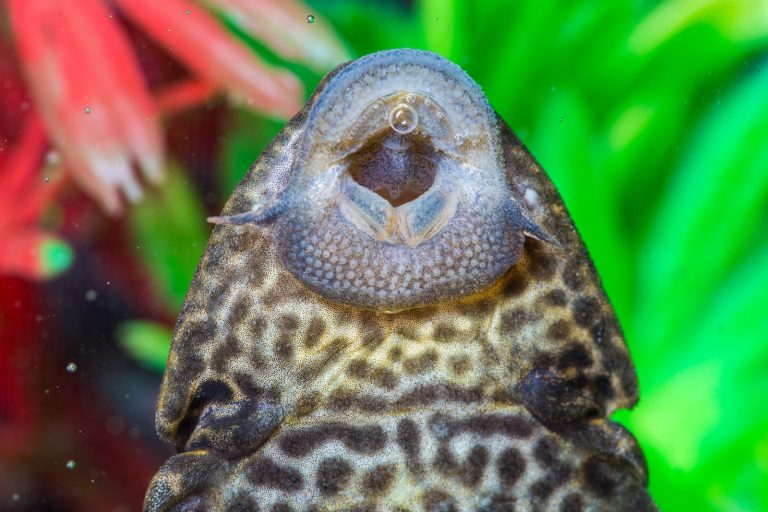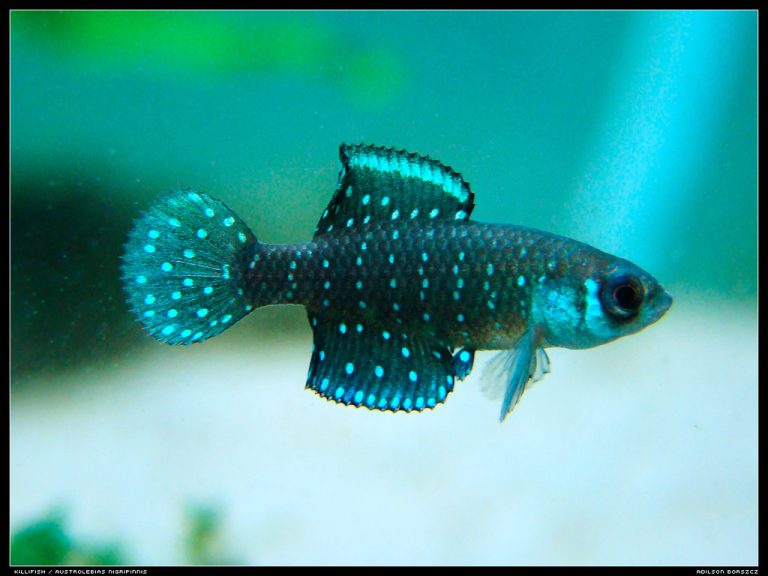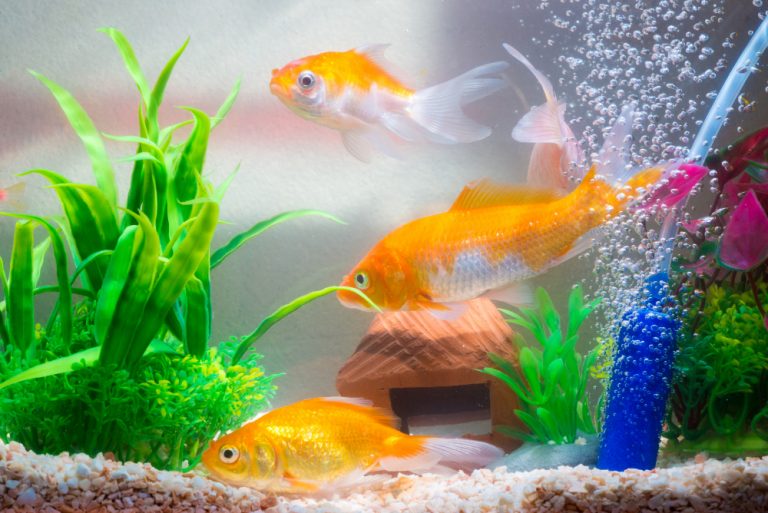Are you a passionate aquarium enthusiast looking to add some unique aquatic life to your tank? Look no further than the captivating world of kuhli loaches and betta fish. In this comprehensive guide, we will delve into these two distinct yet equally fascinating species, providing you with valuable insights, care tips, and everything you need to know to create a thriving underwater ecosystem. Let’s dive in!

Kuhli Loaches and Betta: An Overview
Kuhli Loaches: The Enigmatic Eel-like Fish
Kuhli loaches, often called “eel loaches” due to their elongated, snake-like appearance, are a species of freshwater fish native to Southeast Asia. These slender and peaceful creatures make for an excellent addition to community aquariums.
Betta Fish: The Colorful Showstoppers
On the other hand, betta fish, also known as Siamese fighting fish, are renowned for their vibrant colors and unique personalities. Originating from the rice paddies of Thailand, these fish are known for their territorial nature.
Habitat and Tank Requirements
Kuhli Loaches Habitat
Kuhli loaches thrive in densely planted aquariums with soft substrate. Create a natural environment with plenty of hiding spots using driftwood, caves, and plants. Maintain water temperature between 75-86°F (24-30°C) and a pH level of 5.5-6.5.
Betta Fish Habitat
Betta fish prefer solitary living due to their aggressive tendencies, especially towards other males. A tank size of at least 5 gallons is recommended, with gentle filtration and a consistent temperature of 78-82°F (25-28°C). Live or silk plants provide ideal hiding spots.

Feeding and Diet
Kuhli Loaches Diet
Kuhli loaches are omnivorous and enjoy a varied diet. Offer them high-quality sinking pellets, frozen or live foods like bloodworms and brine shrimp. Ensure a balanced diet to keep them healthy and active.
Betta Fish Diet
Betta fish are carnivorous and thrive on a diet of high-protein pellets and live or frozen foods like daphnia and mosquito larvae. Avoid overfeeding, as bettas are prone to obesity.
Compatibility and Tankmates
Kuhli Loaches’ Ideal Tankmates
Kuhli loaches are peaceful and thrive alongside non-aggressive community fish such as tetras, rasboras, and gouramis. Avoid keeping them with aggressive or large species to prevent stress.
Betta Fish Tankmates
Bettas are territorial and should be kept alone or with peaceful tankmates like snails, shrimp, or certain small fish. Avoid housing bettas with other bettas or aggressive species to prevent conflicts.

Breeding and Reproduction
Kuhli Loaches Breeding
Kuhli loaches are challenging to breed in captivity due to their secretive nature. To encourage breeding, provide a well-maintained environment with plenty of hiding spots and offer them a variety of foods.
Betta Fish Breeding
Betta breeding involves a careful process of conditioning, introducing the male and female, and providing a bubble nest. Separating the male and female after spawning is crucial to prevent aggression.
Frequently Asked Questions
How long do kuhli loaches live in captivity?
Kuhli loaches can live up to 10 years in well-maintained aquariums.
Do betta fish require a heater in their tank?
Yes, betta fish are tropical fish and require a heater to maintain a consistent temperature.
Can kuhli loaches coexist with goldfish?
No, kuhli loaches are not suitable tankmates for goldfish due to differences in temperature and behavior.
What is the typical lifespan of a betta fish?
Betta fish can live for 2 to 4 years on average.
How often should I feed my betta fish?
Feed your betta fish small portions twice a day to prevent overfeeding.
Do kuhli loaches have any special care requirements?
Kuhli loaches need a well-planted tank with plenty of hiding spots and gentle tankmates.
Conclusion
In conclusion, kuhli loaches and betta fish offer unique and rewarding experiences for aquarium enthusiasts. By understanding their habitat, diet, compatibility, and breeding habits, you can create a thriving aquatic environment that showcases your expertise and passion for these captivating aquatic creatures.
Remember to provide proper care, maintain a balanced tank, and appreciate the beauty and charm these fish bring to your underwater world. Happy fishkeeping!






